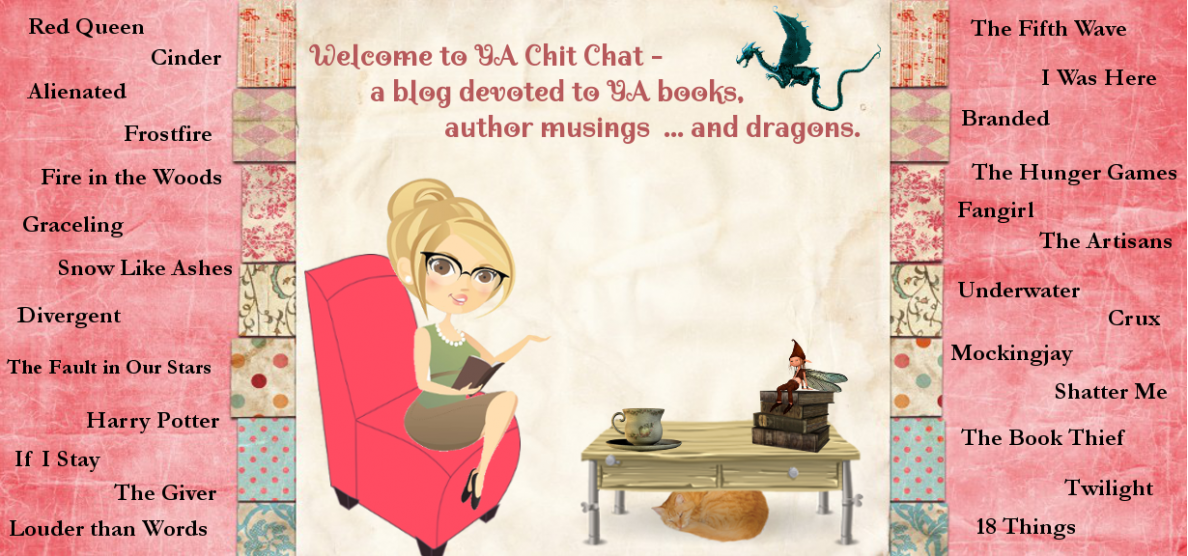Today I thought I would try to answer a common question that keeps coming up on writer’s’ blogs and writer’s groups I attend. I’ve done tons of research into this topic and hopefully I can shed some light on this subject.
First, contrary to popular belief, there is no one single correct format, nor one single correct typeface to use when formatting your manuscript. However, after reading many, many submission pages on many, many agent/publisher websites, the following are pretty much industry standards for manuscripts, both fiction and non-fiction. As always, familiarize yourself with your targeted agents and publishers, and read their submission guidelines. If they want their manuscripts submitted in bold, purple 15 pt Alien Galaxy, I suggest you find where you can get the font.
You can choose to format your novel before or after you have written it. I like to format ahead of time, that way I don’t have to worry about it later. It’s just easier for me.
Standard page format:
Margins – 1.5 inch on all four sides.
Font – Times New Roman, however, you can use Courier, Courier New, or any other clean mono-space serif font in 12 pt.
Line spacing – Double-space
Paragraph indent – first line, .5 pt.
Header – right justified, contains the following information:
Last name/ TITLE/ page#.
It is also acceptable to type your last name/title on the left side of the header and the page number on the right, whichever feels more comfortable for you.
Note: A header does not belong on the cover page. Start headers on page one of the actual manuscript. There are many sites online that can teach you how to do this if you don’t know how.
Title Page:
Contact information — Name and address, phone number, and e-mail address in the top left corner of the page, single spaced, left-justified.
A little note here: make sure your e-mail is a professional one. Remember, writing is a job. Submitting your manuscript is no different than sending out a resume. Refrain from using cute little names like cutiepatootie@_____.com. This will give the impression you are not serious about your craft, and if you aren’t serious, the agent or publisher will not take you seriously. Believe it or not, many agents and publishers have complained about writer’s making this mistake.
Title — centered, just above the middle of the page
by — centered and one double-spaced line beneath the title
Name and pen name — centered and one double-spaced line beneath the word by. My experience has shown it is best to place your true name on one line and if you write under a pen name, place it in parenthesis beneath your name. The agent/publisher wants to know the real you and if you are signed on, they’ll need to know your name to write out the checks. 🙂
Genre and word count — centered and rounded to the nearest thousand, one double-spaced line beneath your name or pen name. Note: It is also acceptable to place this information just below your name and address at the top of the page.
If you are agented, format the cover page as above and include the following, left-justified, single-spaced on the bottom of the page: agent’s name, business name, mailing address, phone number, e-mail address of agent (get permission from agent),
First page: Note before we continue (for Word users only): Make sure you are using “Normal Style”.
Header — should be in the upper right-hand corner of the page, and page number should be 1.
Chapter header — can be anywhere from one to six double-spaced lines down from the top of the page, and can be centered or left justified. You can title your chapters, or just write Chapter One or Chapter 1.
Body text — drop down two double-spaced lines to begin your story.
Scene breaks — drop down two double-spaced lines, insert and center the * character, drop down two more double-spaced lines, and begin your new scene. Note: Other formatting sites will say to use the # mark to separate scenes, however, my Kindle pros have warned me that Kindle doesn’t recognize the #, but it does recognize *. To save yourself from headaches later, you may want to use the * mark to begin with.
Subsequent chapters — start each chapter on a fresh page. Keep chapter formatting and titling consistent with your first chapter.
Bolding, underlining, italics, highlighting: Do not bold or underline anything in your manuscript. Industry standard does accept italics for internal character thoughts. Also, make sure there is no highlighting in your manuscript. I sometimes will highlight sections because I want to revisit them for various editing reason before I send off the manuscript. If you use this method, you want to make sure you take the highlighting off.
Tomorrow, I’ll discuss page breaks and formatting paragraphs.

That’s good information and not something I see mentioned a lot. Thanks for sharing.
LikeLike
Jenny,
I love it when people share information. Makes life so much easier! I am passing this on to the writers that I coach. Love it!
LikeLike
Glad you enjoyed it and I could help. There is so much information out there, no one knows what to believe. I’ve never had a manuscript turned away because of formatting so I can only assume my research has paid off and the hints I am leaving here are professionally acceptable. My goal is to help people so they don’t have to do all the hard work I’ve already done. Please feel free to pass along with a pingback to my site. Thanks!
LikeLike